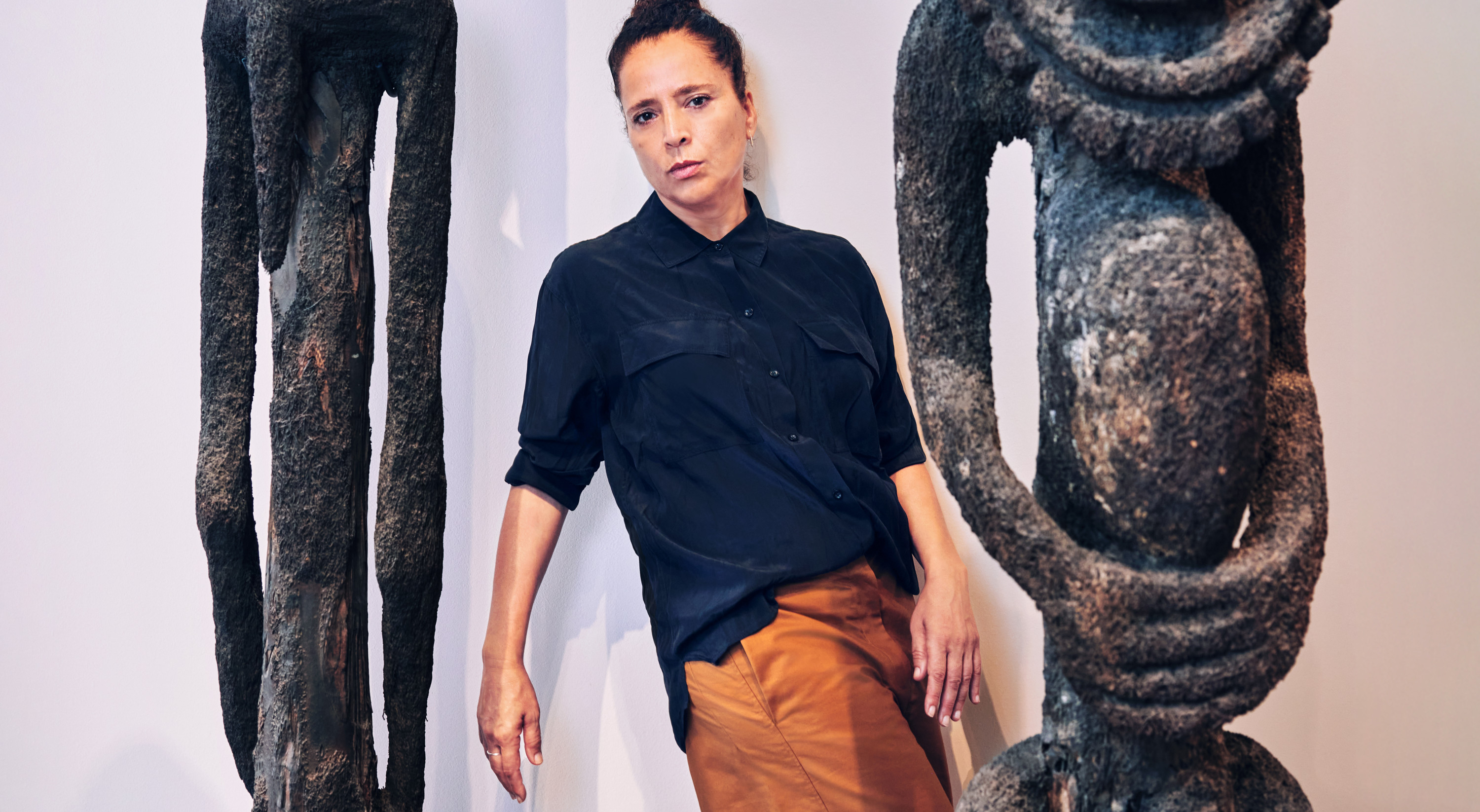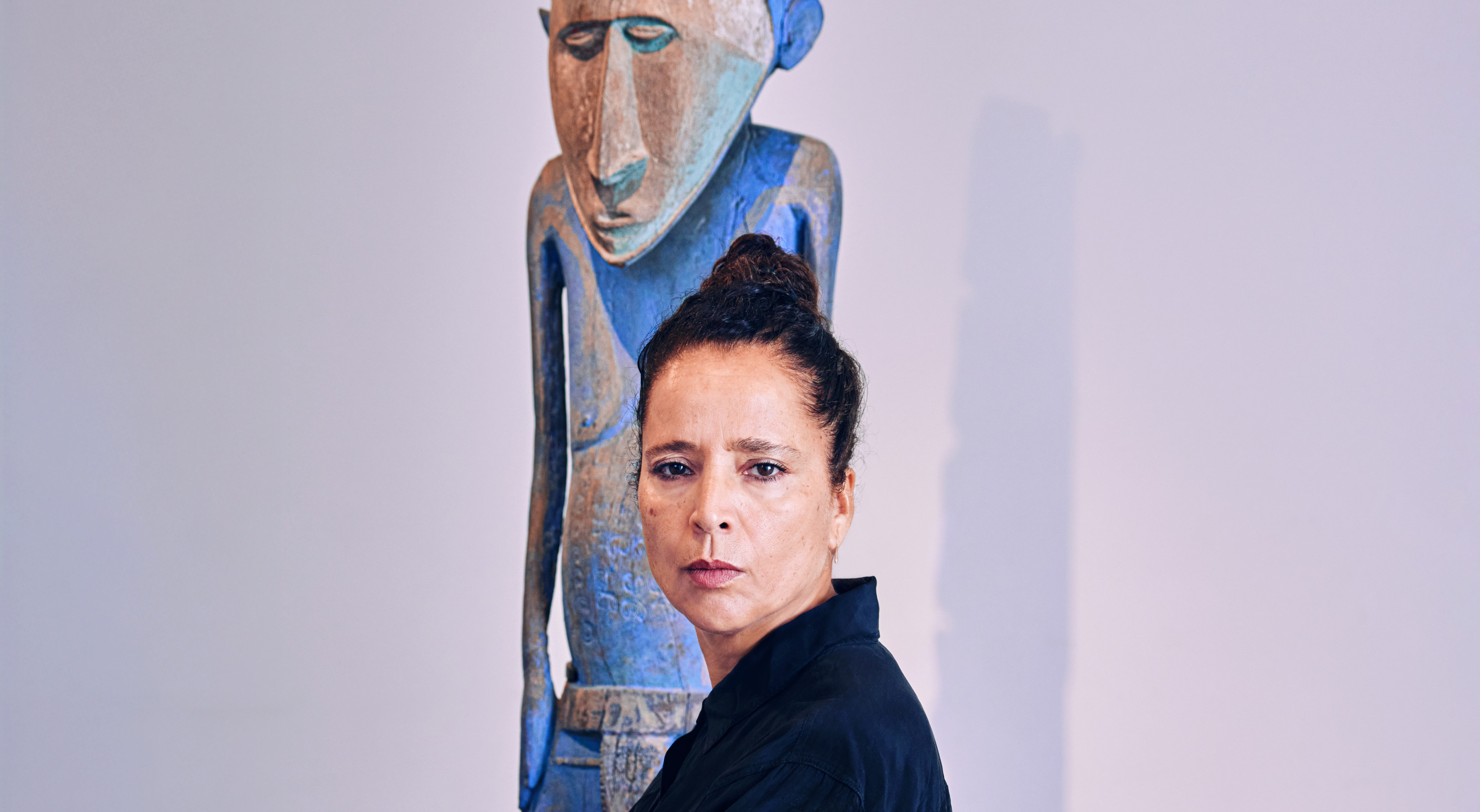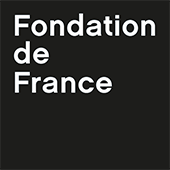Nacera Belaza
Les Ombres
decemberdec 8 – 18
Monday december 8
19h
Monday december 8
21h30
Thursday december 11
19h
Thursday december 11
21h30
Saturday december 13
19h
Saturday december 13
21h30
Monday december 15
19h
Monday december 15
21h30
Tuesday december 16
19h
Tuesday december 16
21h30
Thursday december 18
19h
Thursday december 18
21h30
Artistic direction, choreography, sound and lighting design Nacera Belaza. Performers (in progress) Paulin Banc, Aurélie Berland, Pierre Morillon, Magdalena Hylak, and a group of non-professional participants. Sound and lighting management Christophe Renaud, Marco Parenti.
Co-production Musée du Louvre; Festival d’Automne à Paris
With the support of La Ménagerie de Verre; MC93 – Maison de la Culture de Seine-Saint-Denis; CND – Centre national de la danse
With the support of Dance Reflections by Van Cleef & Arpels
The Musée du Louvre and the Festival d’Automne à Paris are co-producers of this piece and present it as a co-presentation.
With the support of Dance Reflections by Van Cleef & Arpels.
La Fondation de France s’associe au Festival d’Automne pour l'accompagnement artistique de Nacera Belaza.
For the fourth new work in the collection of contemporary performances in conjunction with the Louvre Museum and the Festival d'Automne, Nacera Belaza presents Les Ombres. The piece will be taking over two of the museum spaces in the recently reopened and newly reopened Galerie des Cinq Continents, and set up a dialogue with the works from the Musée du Quai Branly-Jacques Chirac.
In her Processions, in parallel with her new works for the stage, Nacera Belaza has developed an off-stage practice, involving the audience. Inspired by her research into this practice, Louvre spectators move around two spaces: the new Galerie des Cinq Continents, which hosts the non-Western sculptures of the former Pavillon des Sessions, and which now find themselves face-to-face with other works, thereby weaving an intricate sense of horizontality between continents and cultures. Whilst leaving space for the silent dialogue between the moving bodies and the works, the choreographer continues her unique approach, that of capturing their energy in order to nourish a dream-like dance imbued with intimacy, beyond the materiality or history of the objects themselves. Surrounded by an extended group of performers and young amateurs, Nacera Belaza becomes part of the museum’s political and aesthetic process of transformation, and proposes a decolonization of movement and memories that draws on sensations and perceptions.
See also






